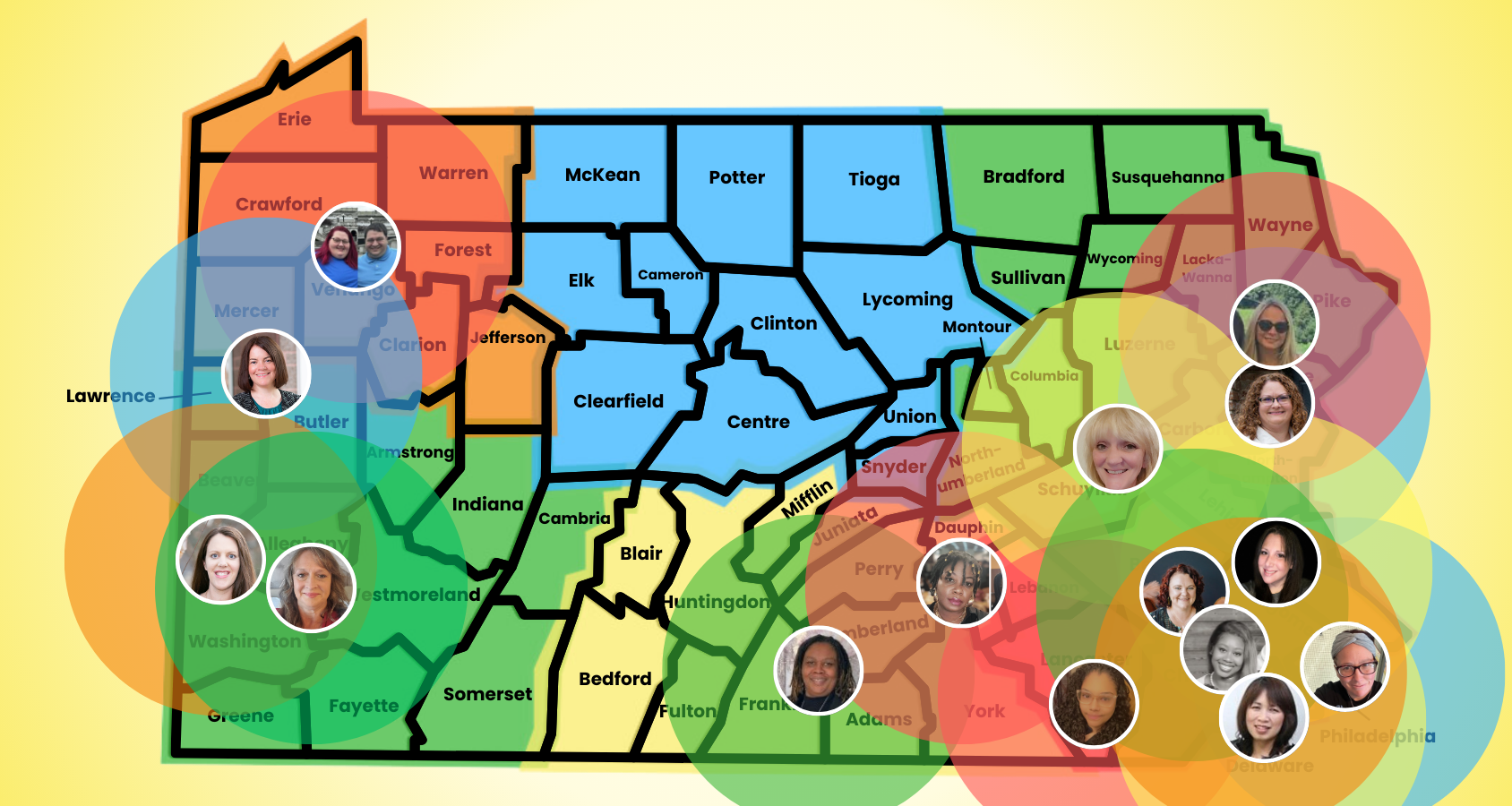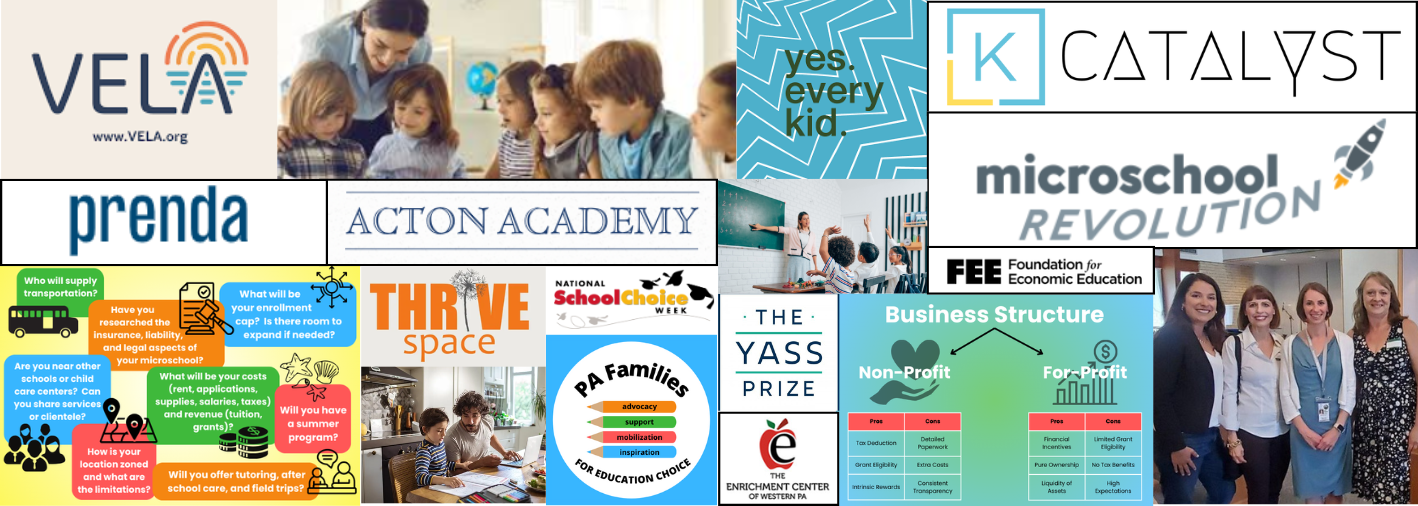

Collaboration Required in K-12 Education Reform
Promotion of education policy that takes from students without adequate facts is irresponsible
Children across Pennsylvania fear for their safety every day – they are harmed by those around them, aren’t fed adequately, are cold and have to wear their coat through the day; the ceiling is falling in, there’s lead paint or asbestos, or the plumbing doesn’t work; they just “exist” day after day until they can leave. That’s a bleak and painful picture. No child should have to endure an environment such as that, right? But yet many do, courtesy of our education system.
In the last two weeks, I have listened to two radio shows hosting Eugene DePasquale and Rob Gleason, who pointedly discussed what they see as a detriment to K-12 education as a whole – cyber charter schools. As a parent whose children have attended private, district, and cyber charter schools over the years, I well know the need for options in education for children for a vast variety of reasons. It’s true that we have many wonderful districts in Pennsylvania – you need only to look at the Future Ready Index, or a variety of other ranking websites, to find them – but no single educational model will ever suffice for every child. Regardless of the particular student issue, whether crumbling buildings, bullying, test scores, or any other reason, children should have the ability to escape an adverse education environment.
Mr. DePasquale and Mr. Gleason detailed their rationale for pursuit of “reform” of the charter system with the anti-education choice establishment’s typical talking points, but many positions established were devoid of any acknowledgment of the inadequacies of the current education system that requires escape in the first place. Allow me to submit factual information, insight, and personal experience.
District cyber programming vs. cyber charter programming
Mr. Gleason (Westmont Hilltop School Board President) noted that he believes that the district with which he is associated is able to provide district cyber programming at less of a cost than is typically paid to cyber charter schools. My own children have attended both district cyber programming (as provided by our local district in Brentwood, PA and our Intermediate Unit), as well as cyber charter in various grades up and through high school. The difference between the two delivery systems is staggering. The district cyber program had a “teacher” in name only – classes or instruction was never provided, and teacher help was extremely difficult to obtain. It was completely asynchronous (self-taught). We were usually referred to their technology department for curriculum issues and difficulties, rather than teaching staff. “Discussion” assignments were posted, but no peers or other classmates even existed. No internet reimbursement or printer was provided, and the computer we were permitted to borrow was 5 years old with a damaged screen, and connectivity, hardware, and software issues. No books were provided, nor was any math or English software for skills practice despite specific requests. Class options were extremely limited, and the curriculum that was provided routinely had factually incorrect or confusing information due to the piecemeal nature of the program.
The scale of district cyber programs is much smaller, and finding information on them themselves proves to be very difficult. From what I can tell, the reported district cyber cost usually includes basic district curriculum cost, but does not always include materials, technology, cyber staff salary and benefits, utilized building space, technology, software licenses, etc. – and despite numerous requests for the detail, it has yet to be publicly revealed.
While Mr. Gleason is correct that cyber charters do not have 8am-3pm student in-person building attendance, they do have other unique costs. Cyber schools have a variety of building needs for student resource centers across the Commonwealth, teacher and staff facilities (many employees work from a central cyber charter administration building), technology and materials storage, and statewide standardized testing facility rentals (requiring multiple locations, per school, which also entails professional time and lodging). Other expenses experienced by cyber charters include internet reimbursement and a plethora of other technology related specialized costs in materials and staff to provide a live classroom experience with teachers and classmates. Our positive cyber charter experience also provides teacher open office/help hours and tutoring availability; effective and engaging programming; open communication and facilitation of school associated events and opportunities; and professional service programming (akin to CTEs provided to district students and from which cyber charter students are typically barred). These details are extraordinarily important!
Comparisons
It’s disingenuous to compare overall graduation rates or standardized testing rates between districts and cyber charters, as that information is very different from one zip code to another.
Dr. Thomas Sowell’s “Charter Schools and Their Enemies” looks at exactly that comparison dynamic, stating “…comparing educational outcomes in charter schools as a whole with educational outcomes in traditional public schools as a whole can be like comparing apples and oranges – unless there is some way to compare particular schools’ educational results when educating truly comparable students.” Dr. Sowell presented comparisons based on three criteria involving ethnicity, location, and socio-economic conditions: the ethnic composition of students in a particular charter school as compared to a specific district school service the same local population (as Philadelphia Charters for Excellence similarly does here for the city of Philadelphia); students in both schools taught in the very same building; and students have one or more classes at the same grade level in the same building.
Dr. Sheri Smith, of the Pennsylvania Department of Education, has testified that specific district cyber program success has not been tabulated, as they are programs contained within the district for which standalone results are not provided to the PDE, but of which districts are in possession. Such being the case, research efforts by the general public into district cyber programs and their results creates more questions than answers – information is not posted to district websites as a rule, nor have I ever seen a proficiency or “success rate” of the programming. In order to assess the success or cost of an educational program, we should have all validated and truly comparable information easily at our fingertips.
Funding
District schools in PA are funded by the Fair Funding Formula. This formula takes into account specific demographic information for the overall student population within a certain school district, and based upon that formula, student funding is allocated as appropriate. Those demographic factors follow the student, wherever they go, as they are based upon their particular locale, and do not change just because their educational model does.
While Mr. Gleason and Mr. DePasquale attempt to link rising property taxes to charter schools, one only need to look at the revenue of the school district (which averages close to $20,000 in PA per student), minus the payout to charter schools, to see that districts actually retain funding for students they don’t educate – an average per charter student funding of more than $5,000 to account for expenses unique to the district such as transportation, health services to non-public schools, tax collection, and career/technical programs. As cyber charter school enrollment is net positive income, I would submit that their blame for increases in property taxes is misplaced.
The last highlighted misrepresentation (of many more that exist) is the contention that a flat cyber tuition rate should be instituted, based upon the “true” cost of cyber charter programming. The suggested tuition rate of $9,800 (half of total per student funding) is not based upon factual information gathered from cyber charter schools. Depending on who you talk to (and I’ve spoken with cyber charter “reform” proposers frequently), they either “aren’t sure” how the proposed flat rate was derived, or state that it’s based on what they believe to be “fair” based upon district cyber programming (see discussion above). Another common explanation I hear is that the figure is consistent with programming and associated costs in other states; what they don’t note is that those states also have less investment per child in education funding as a whole in the first place.
I have no doubt that Mr. DePasquale and Mr. Gleason feel that their pursuit is worthy, but as is typical, there are other details worthy of deep consideration. As they continue to pursue an increase in district funding, I submit that such can be accomplished without threatening options on which many children depend. Every family is unique and has its own challenges, perspectives, and priorities, and parents are best suited to decide what is best for their own children. (Children in the same family many times even have needs for different education environments!) This is a complex conversation, and it will require a complex solution, but to promote a policy that takes from students in need of education options without adequate facts and information is irresponsible and harmful to those children.







